Kashmir vs. Ladakh: Why Kashmir is the Ultimate Destination
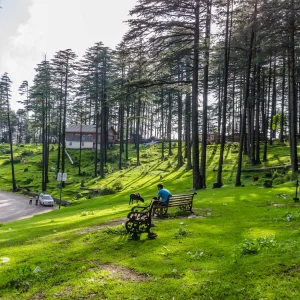

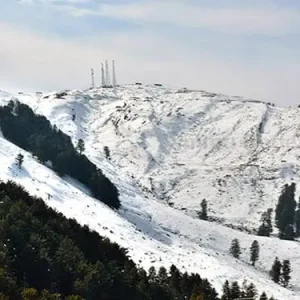
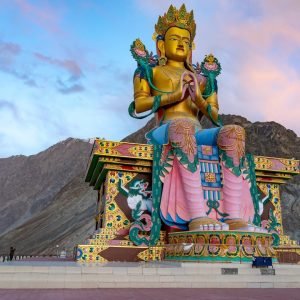
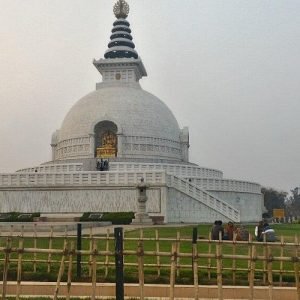

Table of Contents
ToggleAmong the various scenic landscapes of the Indian Himalayas, there are two places that are the best suited for a vacation: Kashmir and Ladakh. These two regions are renowned for their breathtaking beauty, adventure activities, and rich culture. However, while Ladakh has gained international recognition for its rugged landscapes and serene monasteries, Kashmir is often referred to as “Paradise on Earth” due to its lush greenery, tranquil lakes, snow-capped mountains, and vibrant culture. In this blog, we’ll delve into why Kashmir emerges as the superior choice over Ladakh for your next trip, focusing on aspects such as natural beauty, cultural experiences, accessibility, weather, and much more.
Introduction: The Allure of the Himalayas
For every one traveling to Kashmir, another has been drawn to the same Ladakh for finding the real Indian Himalayan experience. While Ladakh has captured the imagination of those who appreciate the beauty of arid deserts and Buddhist monasteries, Kashmir’s verdant valleys, lush meadows, pristine lakes, and cultural richness offer a far larger, far more diverse experience. From the iconic Dal Lake to the charming Gulmarg and Sonamarg, little does the world know how much the state has for everyone who loves nature, adventure, or culture.
While Ladakh is full of an out-of-this-world landscape and adventure, Kashmir has diversity in its natural beauty, its cultural heritage, and most importantly accessibility that makes it a complete travel destination.
Why Kashmir is Better Than Ladakh
Scenic Beauty and Diverse Landscapes
The primary reason why Kashmir edges out Ladakh is its diversity in landscapes. Ladakh is often characterized by barren, rugged terrains, towering mountains, and desert-like valleys, whereas Kashmir offers an array of lush green meadows, pristine lakes, snow-capped peaks, and flowering valleys. Kashmir’s stunning landscapes offer something for every kind of traveler. Some key highlights include:
Gulmarg: The lush meadows and perfect skiing facilities make Gulmarg all-season destinations with stunning views of snow-capped mountains when winter sets in and leaves of grassy greens paint the canvas in summer.
Sonamarg: It was popularly called the Meadow of Gold. Its grand views of glaciers and valleys have bewitched several travelers.
Pahalgam: Surrounded by a picturesque array of sceneries in conjunction with adventure, there are the best outdoor sites to visit Pahalga for trekking activities, fishing, and other horse-riding exercises.
Dal Lake: Famous for its houseboats, Dal Lake in Srinagar offers a tranquil escape surrounded by the majestic Zabarwan Range on one side and the beautiful Himalayas on the other.
Whereas Ladakh’s beauty is its bleak landscape, bare mountains, and desert of high altitude that for most tourists after a time feels monotonous. Ladakh may also lack the different varieties of ecosystems and seasonal variations present in Kashmir.
Rich Cultural Heritage
The cultural diversity and heritage deeply rooted in Kashmir make it a destination that is truly unique to visit. Kashmir’s blend of Hindu, Buddhist, and Islamic cultures, along with Sufi traditions, gives this place a rich culture that is worth exploring. Cultural highlights include:
Shankaracharya Temple: One of the most important religious sites in Kashmir, it is a Hindu temple, giving an eye-catching view of Srinagar and Dal Lake.
Mughal Gardens: The Shalimar Bagh, Nishat Bagh, and Chashme Shahi are some of the outstanding examples of Mughal landscaping with Persian, Indian, and Central Asian flavours.
Kashmir Handicrafts: Among Kashmir’s famous handicrafts are Pashmina shawls, Kashmiri carpets, and Kangri. Shopaholics would love Kashmir.
Wazwan Cuisines: Kashmir has its very own signature cuisine. From Rogan Josh to Yakhni to Kahwa, it offers much to foodies.
Ladakh, on the other hand, is essentially a Buddhist land. Its culture focuses on monasteries and prayer flags, thus being ideal for spiritual tourists. On the other hand, Kashmir is a hub of various cultures ranging from Islamic heritage to ancient Hindu temples and rich local traditions.
Amiable Climate
The other advantage Kashmir has over Ladakh is the climate. While Ladakh is an extremely cold and dry place due to its high-altitude desert landscape, Kashmir has a much more temperate and hospitable climate, making it a destination all year round. Here is a brief comparison:
Kashmir has four major seasons – spring, summer, autumn, and winter. Each has its unique charm. Spring is where the famous Tulip Festival happens. Summers are mild, pleasant, and ideal for sightseeing. Autumn season brings vibrancy in all colors; it is especially alive in colors in places such as Pahalgam. The winter season, with the snow, attracts those people who are interested in the winter games and the snowy landscape’s beauty.
Ladakh is a desert high-altitude place that faces a very harsh climate, very severe winters, and hot summers. So, it is less accessible during part of the year. The climate is dry and has limited vegetation, making it best visited in the summer months when the temperature is more moderate.
The climate of Kashmir is more moderate, making it more welcoming and comfortable for a longer period.
Access to Iconic Attractions
While Ladakh hosts monasteries such as Hemis Monastery, Thiksey Monastery, and Pangong Lake, Kashmir hosts some of the most iconic spots offering a variety of experiences. From serene lakes to beautiful gardens, from snow-capped mountains to the valleys, Kashmir offers a great range of natural beauty and historic landmarks. The major attractions in Kashmir are as follows:
Dal Lake and Nishat Bagh
Gulmarg: Known for its skiing and beautiful meadows
Pahalgam: This is known for trekking and river scenery
Shankaracharya Temple and Hazratbal Shrine: Religious tourism
Ladakh being a desert destination has far fewer attractions, and Kashmir dominates in terms of cultural experiences that cannot be matched elsewhere in Ladakh.
Adventure Activities in Kashmir
Though Ladakh is mostly known for motorbiking on Leh-Manali Highway, trekking and river rafting in Zanskar, Kashmir offers an array of adventure activities through the year, both during summer and winter. Adventure options include:
Skiing and snowboarding in Gulmarg
Trekking to Amarnath Cave, Great Lakes Trek, Kangri Glacier
Shikara rides and houseboats on Dal Lake
White-water rafting on Jhelum River
While Ladakh is good for motorbiking and trekking, Kashmir has winter sports, river rafting, and all sorts of outdoor activities, which make it perfect for every type of adventurer.
Comparing the Climate: Kashmir vs. Ladakh
The climate in Kashmir is far more pleasant and suitable for a wider range of travelers. The winter season in Kashmir attracts those who love snow, whereas Ladakh can be quite challenging with its extreme cold, especially during the winter months.
Kashmir has all four seasons, which offers lush greenery in summer and beautiful snow in winter, while Ladakh is to be visited during summer when the temperature is less severe.
Accessibility: How to Reach Kashmir and Ladakh
Kashmir is accessible by air as well, with the Srinagar Airport being well-connected to all major cities of India. The road access from Jammu and Leh is also good. On the other hand, Ladakh is accessible only through high-altitude roads, and it is not accessible in the winter months because of road closure.
Accommodation: Comfort and Luxury
Kashmir offers numerous accommodations, ranging from luxurious houseboats over Dal Lake to five-star hotels with wonderful views into the Himalayas. While Ladakh offers some super options, in general it has fewer luxury accommodations for the same reasons as outlined above.
Kashmir's Famous Attractions: Dal Lake, Gulmarg, and More
Kashmir is home to some of the most iconic landmarks in India, from Dal Lake to the Mughal Gardens, Gulmarg, and Pahalgam. These attractions offer unparalleled beauty and experiences that Ladakh cannot match.
Kashmir's Cuisine: A Flavorful Journey
Kashmir’s Wazwan cuisine, featuring Rogan Josh, Kahwa, and Wazwan feast, is one of the highlights of visiting the region. In comparison, Ladakhi food, while unique and flavorful, doesn’t have the same diverse range as Kashmiri cuisine.
Ladakh’s Isolation vs. Kashmir's Tranquil Vibe
Ladakh can feel somewhat isolated, particularly in winter when many regions are inaccessible. Kashmir, with its varied landscapes and accessible attractions, offers a peaceful retreat with the option of bustling markets and cultural landmarks.
Shopping in Kashmir: A Shopper's Paradise
Kashmir is famous for its Pashmina shawls, Kashmiri carpets, walnut wood products, and Kangris, offering travelers a rich shopping experience that Ladakh lacks in comparison.
Conclusion: Kashmir, the Ultimate Travel Destination
While both Kashmir and Ladakh have their own charm, Kashmir is undoubtedly a more accessible, diverse, and culturally rich destination. The combination of natural beauty, pleasant climate, adventure activities, and cultural experiences makes it the ultimate choice for travelers seeking a holistic experience in the Indian Himalayas. Be it relaxation on a houseboat on Dal Lake, skiing in Gulmarg, or exploring ancient temples, Kashmir has it all.
So, for your next holiday, choose Kashmir-the true Paradise on Earth.
FAQ's
1. Is Kashmir better than Ladakh for a family vacation?
Yes. Kashmir offers a more family-friendly environment with a range of activities, including houseboat stays, sightseeing, and mild adventure sports, making it suitable for all ages.
2. Is Ladakh suitable for beginners in trekking?
No. Ladakh’s high-altitude and challenging terrain make it more suitable for experienced trekkers. Kashmir, on the other hand, offers easier trekking routes for beginners.
3. Is Kashmir safe for tourists?
Yes. While Kashmir has seen occasional unrest, major tourist destinations like Srinagar, Gulmarg, and Pahalgam remain safe for travelers.
4. Can you visit Kashmir in winter?
Yes. Kashmir is one of the best places to visit in winter for snow activities like skiing and snowboarding in Gulmarg and Sonamarg.
5. Is Ladakh more expensive than Kashmir?
Yes. Due to its remoteness, Ladakh can sometimes be more expensive, especially for accommodations and travel.
6. Does Kashmir have better weather than Ladakh?
Yes. Kashmir has a more temperate climate with distinct seasons, whereas Ladakh has an extreme climate with harsh winters and hot summers.
7. Is Ladakh known for Buddhist culture?
Yes. Ladakh is famous for its Buddhist monasteries, prayer flags, and vibrant Tibetan culture.
8. Can you find good shopping in Kashmir?
Yes. Kashmir is known for its traditional Pashmina shawls, Kashmiri carpets, and wooden handicrafts, making it a great shopping destination.
9. Is Kashmir more accessible than Ladakh?
Yes. Kashmir is easily accessible by air, and road connections are available year-round, whereas Ladakh is more difficult to reach, especially in the winter months.
10. Is Ladakh better for adventure sports than Kashmir?
No. While Ladakh offers motorbiking and high-altitude trekking, Kashmir offers a broader range of adventure activities, including skiing, trekking, rafting, and more.
11. Does Kashmir have more tourist attractions than Ladakh?
Yes. Kashmir has a variety of attractions, including Dal Lake, Mughal Gardens, Pahalgam, and Gulmarg, whereas Ladakh is primarily known for its monasteries and deserts.
12. Is Kashmir good for nature lovers?
Yes. Kashmir’s lush valleys, rivers, lakes, and mountains make it an ideal destination for nature lovers, offering diverse landscapes throughout the year.
13. Can you go trekking in Kashmir?
Yes. Kashmir offers several trekking opportunities, including the Great Lakes Trek and treks around Sonamarg and Pahalgam.
14. Is Ladakh more isolated than Kashmir?
Yes. Ladakh is a remote region with fewer population centers, making it more isolated than Kashmir, which has better connectivity and tourist infrastructure.
15. Is the food in Kashmir better than in Ladakh?
Yes. Kashmir offers a more diverse and flavorful cuisine, including Wazwan dishes like Rogan Josh, Gushtaba, and Kahwa.
16. Can you visit Kashmir on a budget?
Yes. Kashmir has a range of accommodation options, from budget hotels to luxury houseboats, making it accessible for different budgets.
17. Is Ladakh more expensive to travel to than Kashmir?
Yes. Due to its remote location, Ladakh generally has higher costs for accommodations, food, and travel compared to Kashmir.
18. Is Kashmir a better place for a honeymoon than Ladakh?
Yes. Kashmir, with its romantic houseboats on Dal Lake, beautiful gardens, and serene environment, makes for a better honeymoon destination than the more rugged and remote Ladakh.
19. Is it possible to visit both Kashmir and Ladakh in one trip?
Yes. While it is possible to visit both, traveling from Kashmir to Ladakh requires careful planning due to the distance and terrain, often requiring a road trip via Manali or Leh.
20. Does Ladakh offer better photography opportunities than Kashmir?
No. While Ladakh offers unique landscapes and high-altitude deserts for photography, Kashmir’s lush meadows, lakes, and snow-capped mountains make it a better photography destination overall.
How to book Tours for Ladakh with Charzan Holidays?
For a seamless and exceptional booking experience, contact Charzan Holidays at reservations@charzan.in or call us at +917889504310.


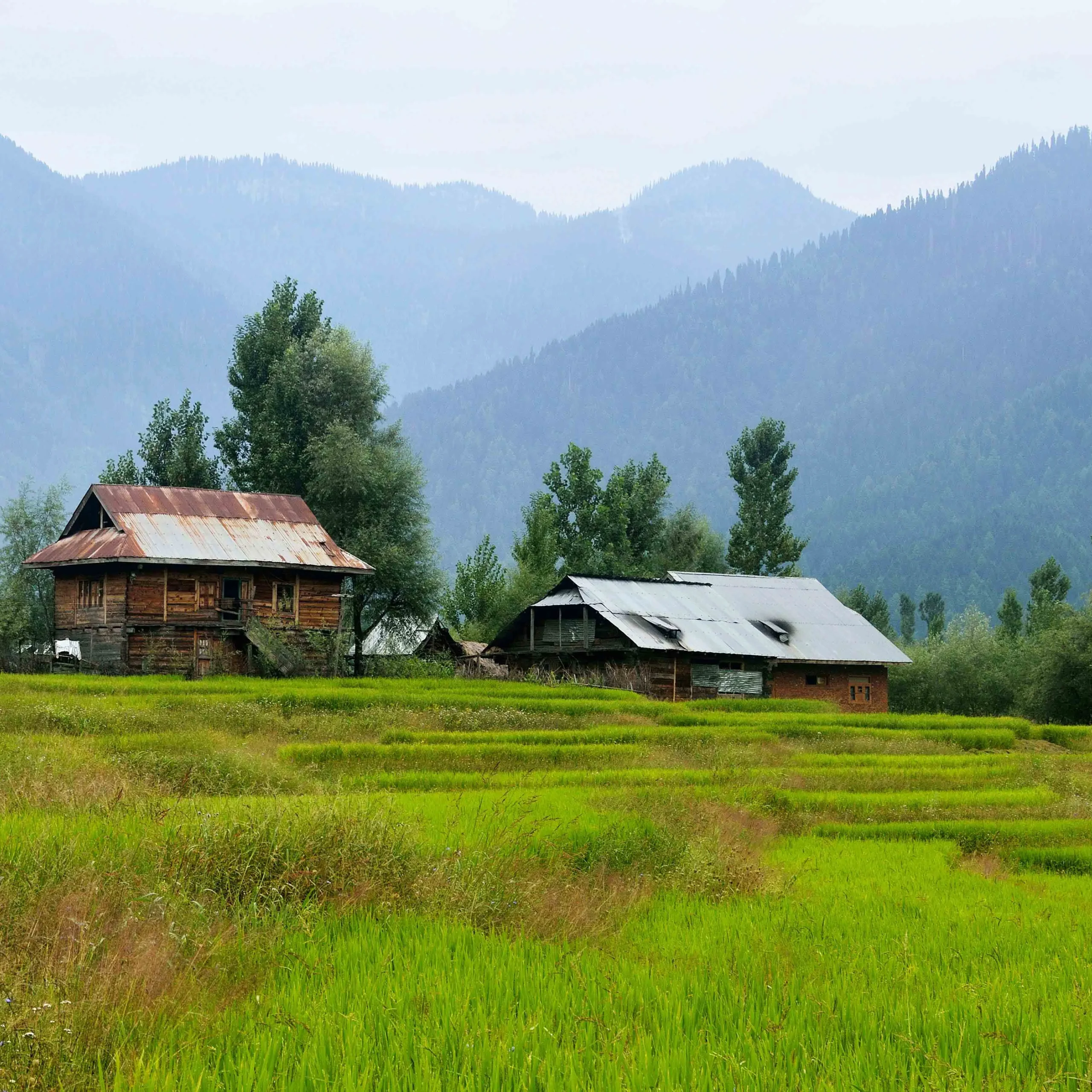
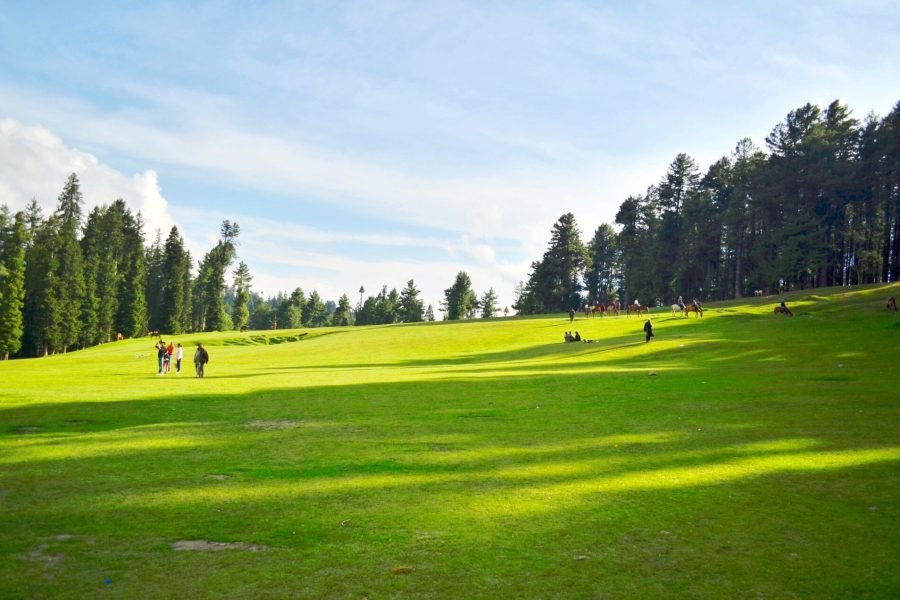
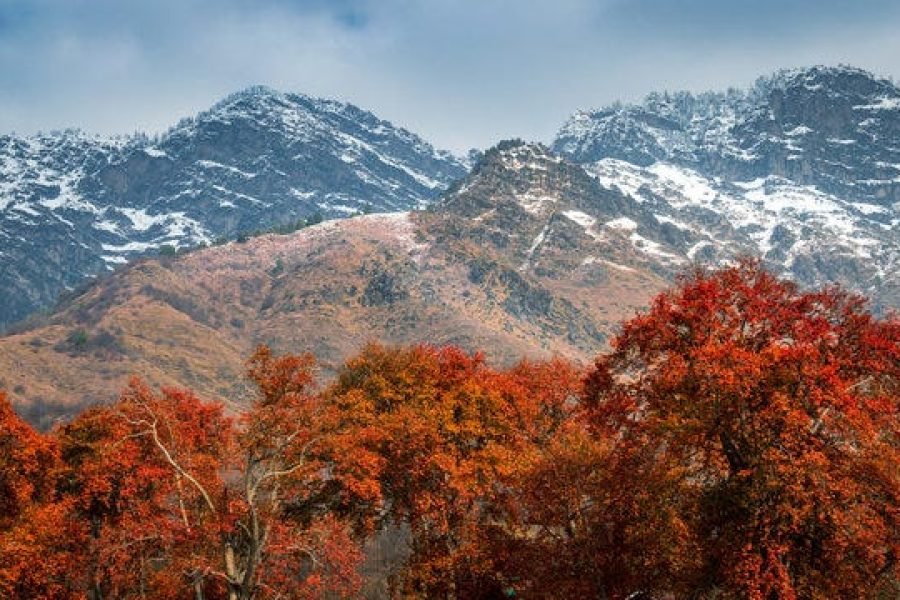
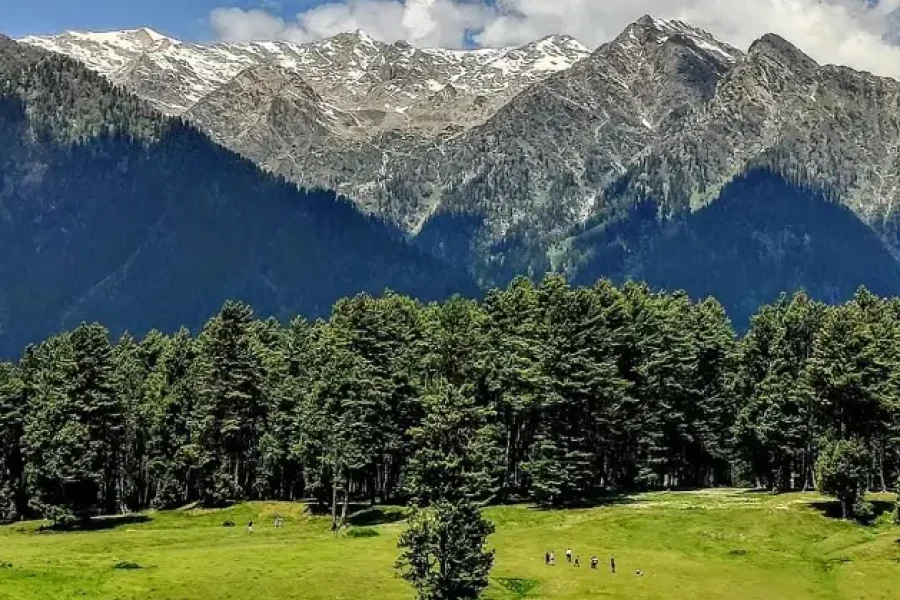
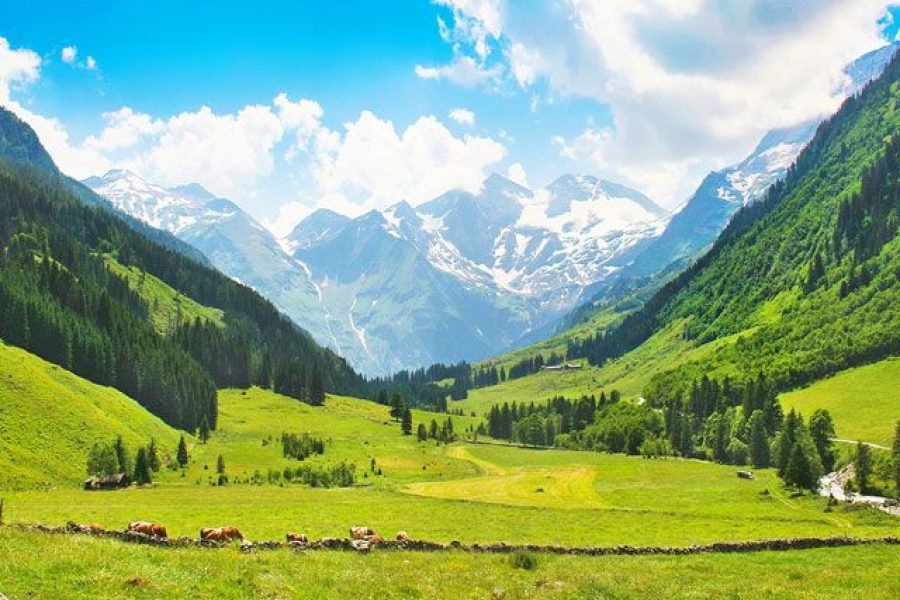
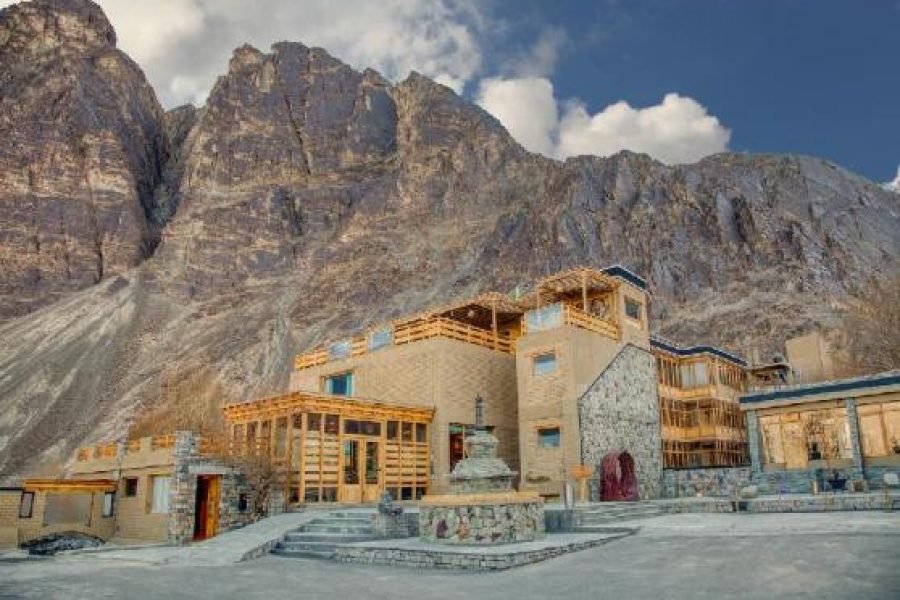
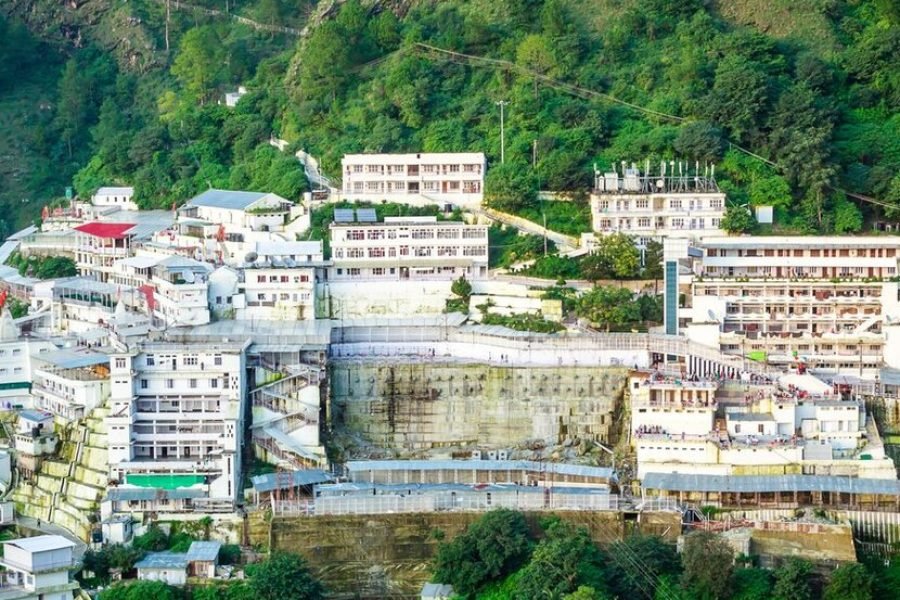
0 Comment